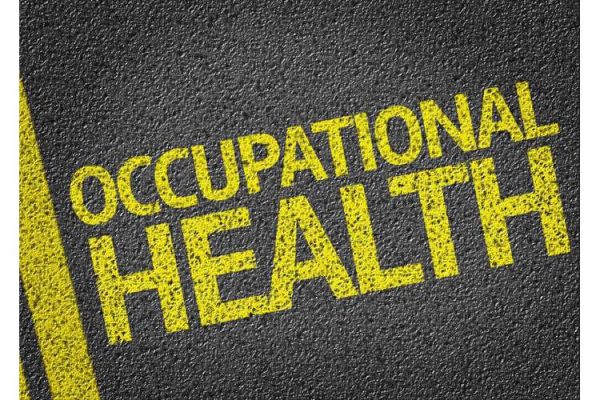
Occupational Health and Safety (OHS) may sound like a complicated concept but simply put, it is all about protecting the health and safety of your workers. As an employer, you are legally responsible for the health and safety of your workers under section 19(1) of the Work Health and Safety Act 2011. In this week’s blog post, we discuss the health and safety requirements that you should be aware of and why you should make OHS a core part of your day-to-day operations.
Regardless of which industry you operate in, you need to take the time to identify the safety risks present in your workplace and take appropriate measures to keep your workers safe. If you are concerned about the time and money associated with implementing safe practices and equipment, here’s how OHS can benefit your business:
- It reduces injury and illness in the workplace
- It improves employee productivity
- It helps you retain your employees
- It reduces the cost of injury and workers’ compensation
Remember, maintaining a healthy and safe working environment for your workers is your Duty of Care and not a choice. Here are a few things you can do to be compliant with Australian OHS laws:
- Provide a safe working environment for all your employees
- Provide and maintain safe machinery and structures
- Provide safe ways of working
- Ensure safe use, handling and storage of machinery, structures and substances
- Provide and maintain adequate facilities
- Provide any information, training, instruction or supervision needed for safety
- Monitor the health of workers and conditions at your workplace
In Australia, each state and territory has its own OHS laws and a regulator to enforce them. The OHS framework for each state includes Act, Regulations, Codes of Practice and Regulating Agency. The full framework is described below along with OHS laws specific to Western Australia:
- Act – outlines your broad responsibilities
- Occupational Safety and Health Act 1984 (WA)
- Regulations – set out specific requirements for particular hazards and risks such as noise, machinery and manual handling.
- Occupational Safety and Health Regulations 1996 (WA)
- Codes of Practice – provide practical information on how you can meet the requirements in the Act and Regulations
- WA Codes of Practice
- Regulating Agency (regulator) – administers WHS laws, inspects workplaces, provides advice and enforces the laws
- In Western Australia, the regulating agency is WorkSafe WA
Your business’ OHS requirements depend on the risks in your workplace. We recommend you to contact WorkSafe WA to receive independent advice on OHS requirements particular for your workplace.
The workplace play a huge role in the physical, mental, economical and social wellbeing of workers. By implementing an OHS policy and ensuring that the stakeholders of your business are actively involved in maintaining that policy, your business will be set for success.
